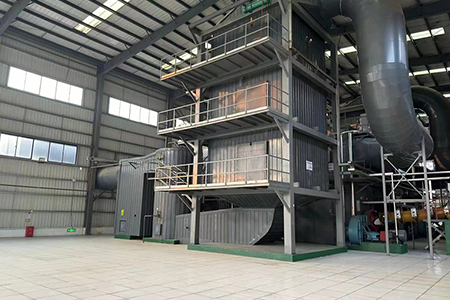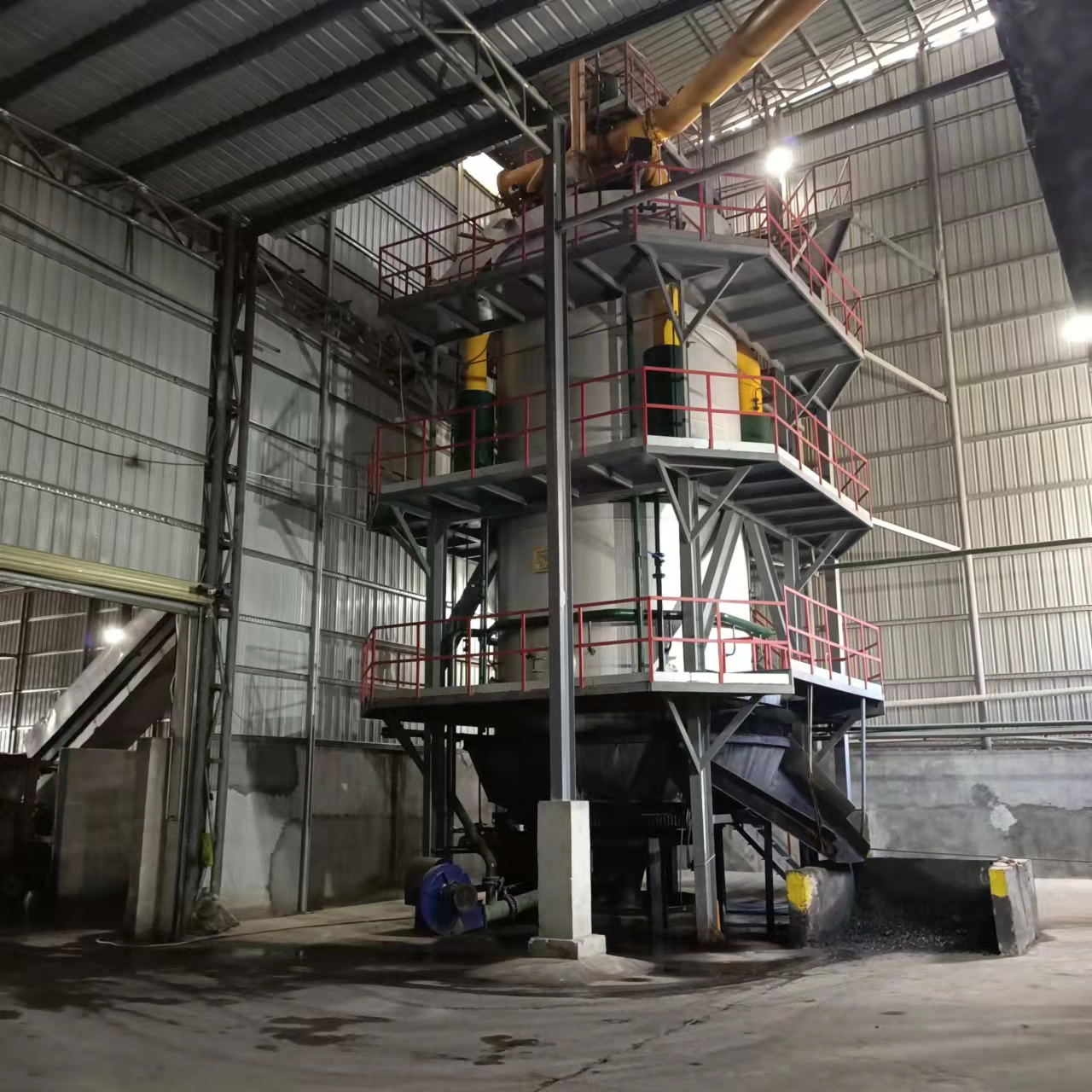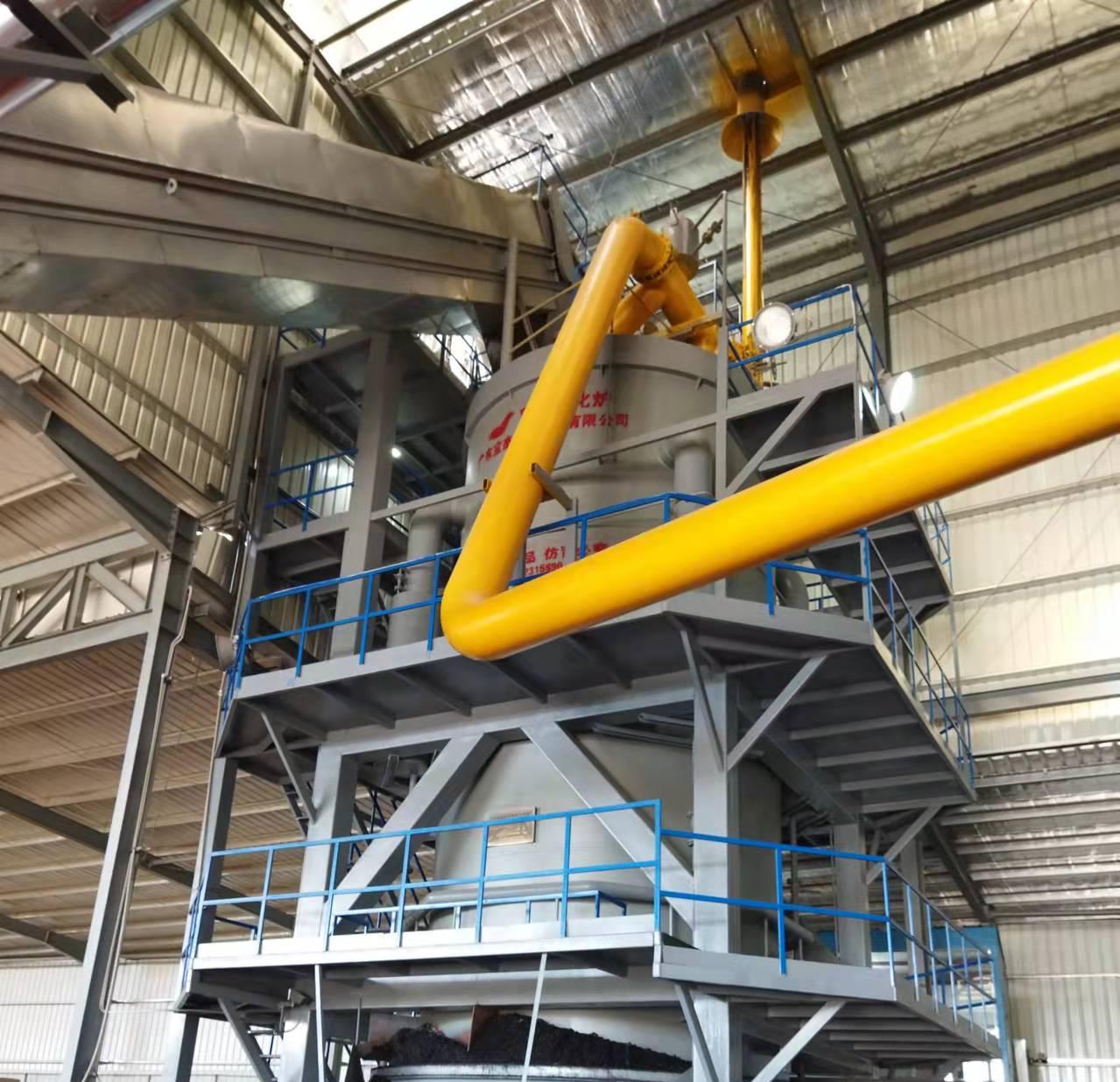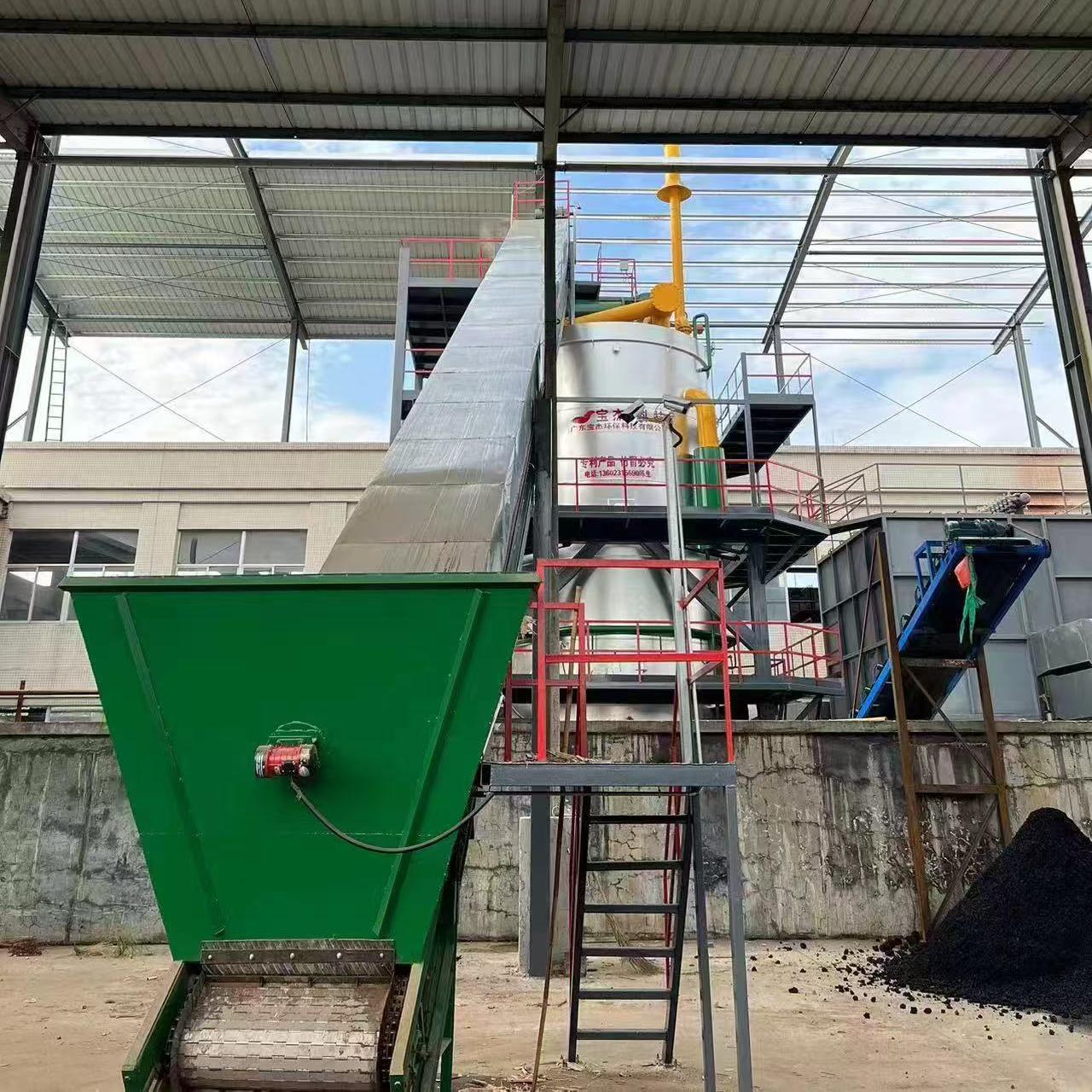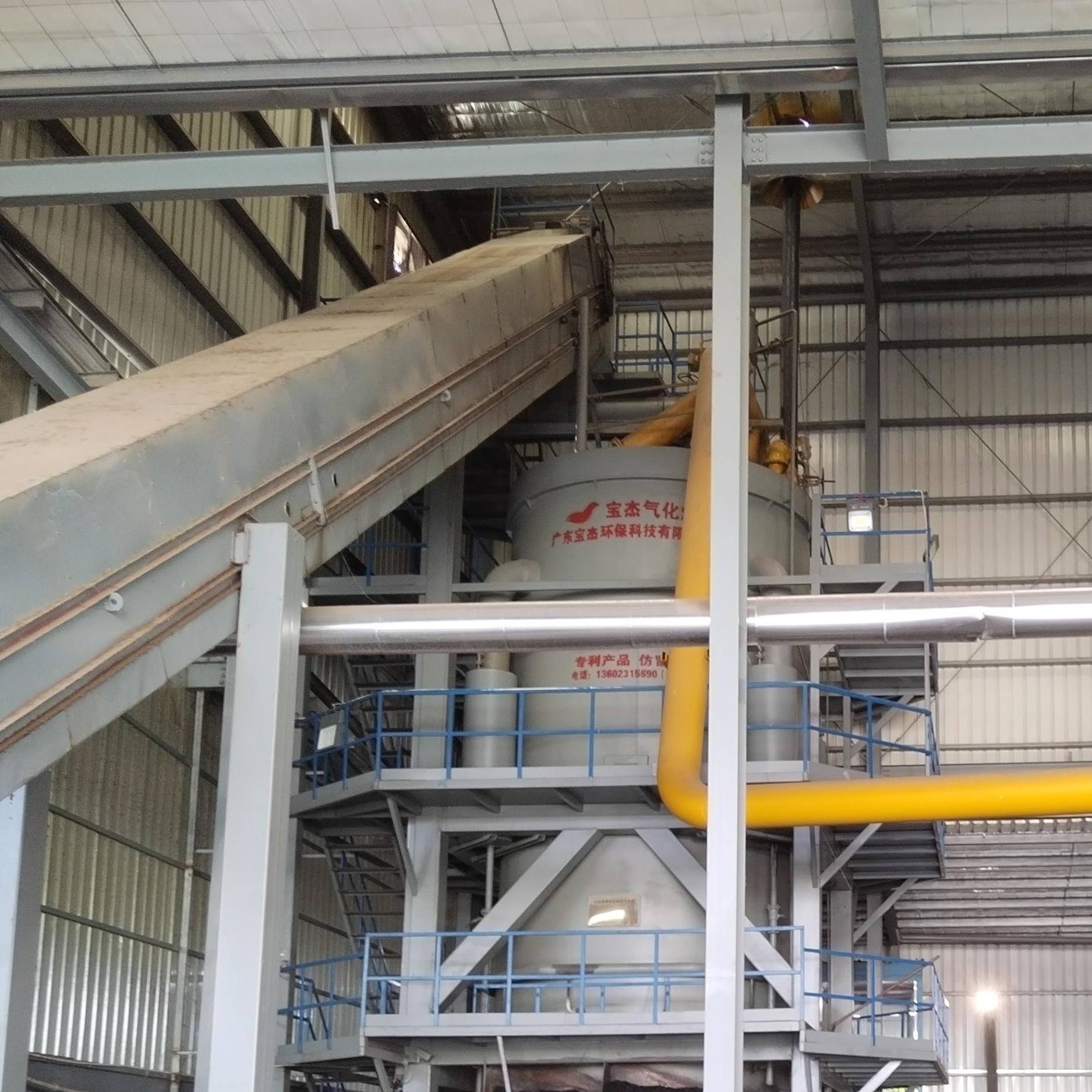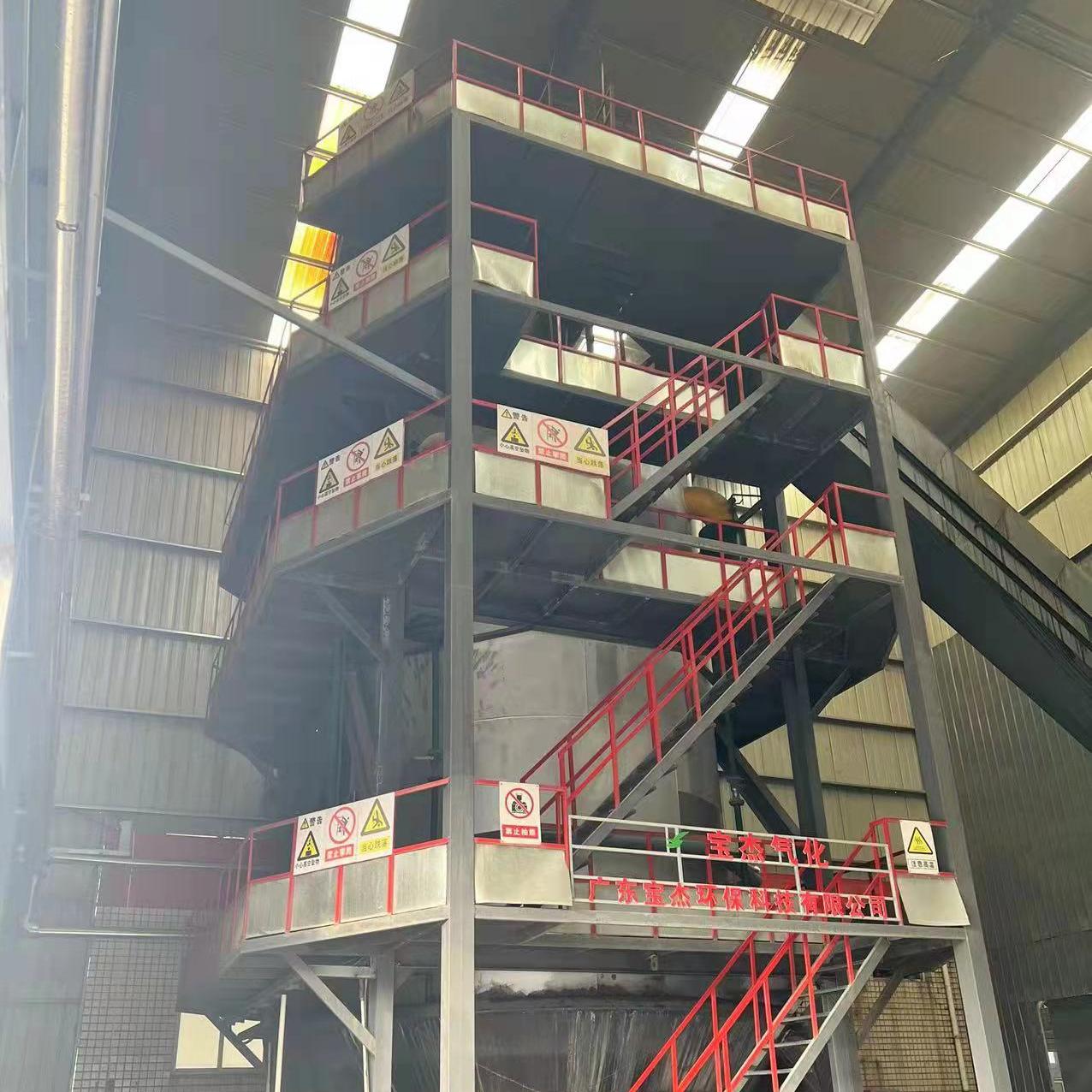R&D and manufacture of biomass gasification equipment, environmental protection equipment, boiler equipment, investment in heating (steam) energy operation and management.
Tel:+86 0769-82928980
E-mail:baojiekejicn@gmail.com
Web Menu
Product Search
Exit Menu
Industry News
Biomass Gasification: A Sustainable Energy Solution for the Future
In the face of growing environmental concerns and the need for sustainable energy solutions, biomass gasification has emerged as a promising technology. This process, which converts organic materials into a clean, renewable source of energy, is gaining traction across the globe as an alternative to fossil fuels. With its ability to reduce greenhouse gas emissions and provide a reliable energy source, biomass gasification is set to play a crucial role in the transition toward a more sustainable and eco-friendly energy landscape.
Unlike traditional combustion methods that burn biomass directly to generate heat or electricity, gasification provides a more efficient way to convert biomass into energy. By producing syngas, biomass gasification allows for cleaner, more efficient energy production, with fewer emissions and a higher overall energy yield.
Biomass gasification occurs in a series of steps that transform solid biomass into a combustible gas:
Drying: The biomass feedstock is first dried to remove any moisture content, which could reduce the efficiency of the gasification process.
Pyrolysis: The dried biomass is then heated in the absence of oxygen. This process, known as pyrolysis, breaks down the organic material into volatile gases and solid charcoal. The volatile gases are the primary components of the syngas.
Reduction: The pyrolysis gases are further reacted with steam or air at high temperatures in the gasifier. This stage is known as the reduction phase, where the gases are converted into syngas, primarily composed of hydrogen, carbon monoxide, and methane.
Cooling and Cleaning: After syngas is produced, it is cooled and cleaned to remove impurities such as tar, particulates, and sulfur compounds that could damage engines or turbines used for energy generation.
Energy Generation: The cleaned syngas can then be used for electricity generation, heating, or further processed into biofuels like synthetic natural gas (SNG) or bioethanol.

Biomass gasification offers several significant advantages over traditional energy production methods:
Renewable and Sustainable: Biomass is a renewable resource, unlike fossil fuels, which are finite and contribute to environmental degradation. Biomass feedstocks can be sourced from waste products such as agricultural residues, forestry by-products, and even municipal waste, making gasification a sustainable option for energy production.
Reduction of Greenhouse Gas Emissions: By converting biomass into syngas through a controlled process, gasification produces fewer greenhouse gases compared to direct combustion. This makes it a cleaner energy source, helping to mitigate climate change and reduce dependence on fossil fuels.
Waste Utilization: Biomass gasification allows for the conversion of waste materials into valuable energy. By using agricultural residues, forestry waste, and even non-recyclable municipal solid waste, this process helps reduce landfill waste while generating electricity or heat.
Energy Efficiency: Biomass gasification is more efficient than direct combustion due to its ability to produce syngas, which can be used in high-efficiency engines or turbines. The process also offers better control over emissions, allowing for cleaner energy generation.
Versatility: The syngas produced by biomass gasification can be used in various applications, including electricity generation, district heating, and as a feedstock for biofuels and chemicals. This versatility makes it an attractive option for multiple industries, from power generation to transportation.
While biomass gasification offers numerous benefits, there are also several challenges that need to be addressed for its widespread adoption:
Feedstock Availability and Cost: The availability and cost of biomass feedstocks can vary depending on location and the type of material used. Sustainable sourcing of feedstocks is crucial to ensure that the process remains economically viable and environmentally friendly.
Technology Maturity: Biomass gasification technology is still evolving, with ongoing research needed to improve the efficiency and scalability of the process. Commercial-scale gasification plants are relatively limited, and further innovation is required to make the technology more widely accessible and affordable.
Infrastructure Requirements: The installation and operation of biomass gasification systems require significant infrastructure, including gasifiers, syngas cleaning systems, and power generation equipment. This can represent a high initial investment, which may deter some potential investors.
Environmental Concerns: While biomass gasification is cleaner than traditional combustion methods, it still involves the release of greenhouse gases during the process. The environmental impact of gasification systems will depend on factors such as the feedstock used and the overall efficiency of the technology.
Despite these challenges, the future of biomass gasification looks promising. As global efforts to combat climate change intensify, renewable energy sources like biomass gasification will play a key role in reducing carbon emissions and providing sustainable alternatives to fossil fuels. Ongoing advancements in gasification technology, combined with improvements in feedstock management and cost reduction, will likely drive further adoption of this energy solution.
Governments and industries around the world are increasingly recognizing the potential of biomass gasification, and initiatives to support research and development in this field are gaining momentum. As the technology matures and becomes more commercially viable, biomass gasification has the potential to revolutionize the way we generate energy, contributing to a cleaner, greener future.
Biomass gasification offers a promising path toward a more sustainable and eco-friendly energy future. By converting organic materials into clean, renewable syngas, this technology helps reduce dependence on fossil fuels, lower greenhouse gas emissions, and utilize waste materials effectively. While challenges remain, the growing interest and investment in biomass gasification indicate that it will play an important role in the global energy transition. With continued research and development, biomass gasification may soon become a key player in the pursuit of a sustainable energy landscape.
Quick Links
Products
contact Us
 Tel: +86 0769-82928980
Tel: +86 0769-82928980 Fax: baojie12388888@163.com
Fax: baojie12388888@163.com E-mail: baojiekejicn@gmail.com
E-mail: baojiekejicn@gmail.com Company Address: Dalang Chamber of Commerce Building, No. 288 Yinlang South Road, Dalang Town, Dongguan City 13333, China
Company Address: Dalang Chamber of Commerce Building, No. 288 Yinlang South Road, Dalang Town, Dongguan City 13333, China Factory Add:
West side of Centre Road and south side of Zhongyuan Road within Hongcaoyuan, Hongcao Town, Shanwei Urban District
Factory Add:
West side of Centre Road and south side of Zhongyuan Road within Hongcaoyuan, Hongcao Town, Shanwei Urban District
Copyright© 2022 Guangdong Bao Jie Technology Co., Ltd.All Rights Reserved.


 EN
EN 